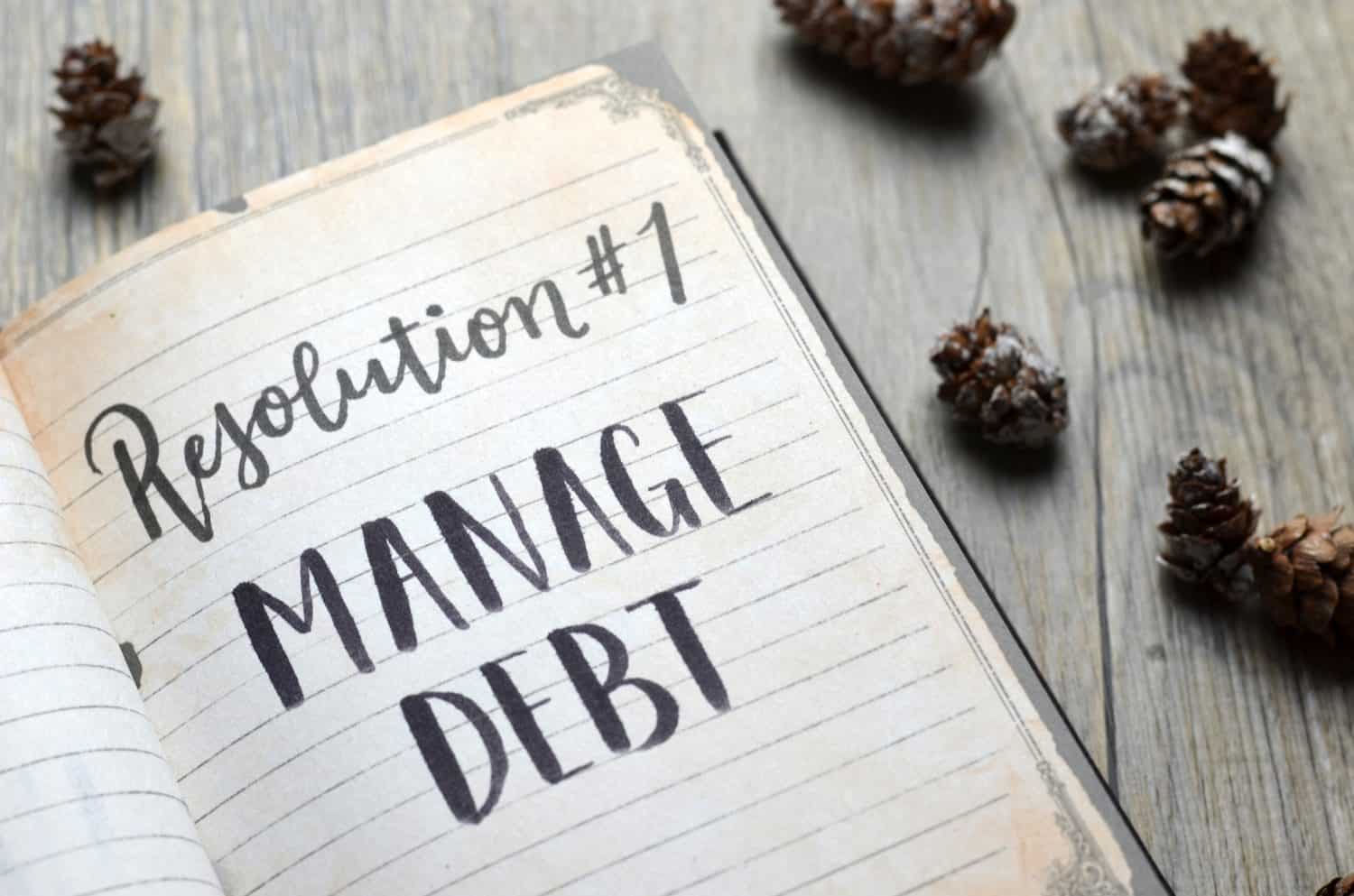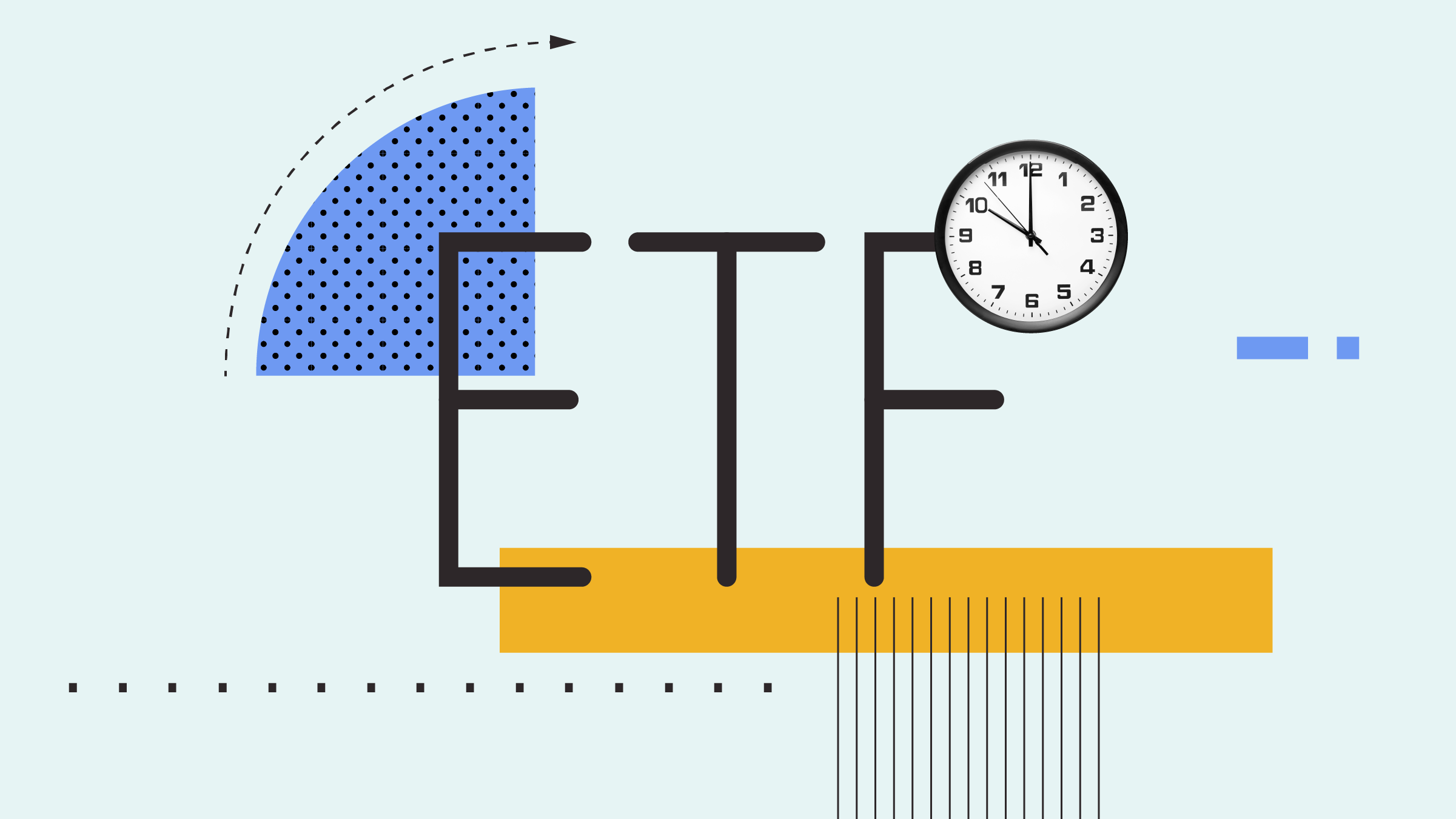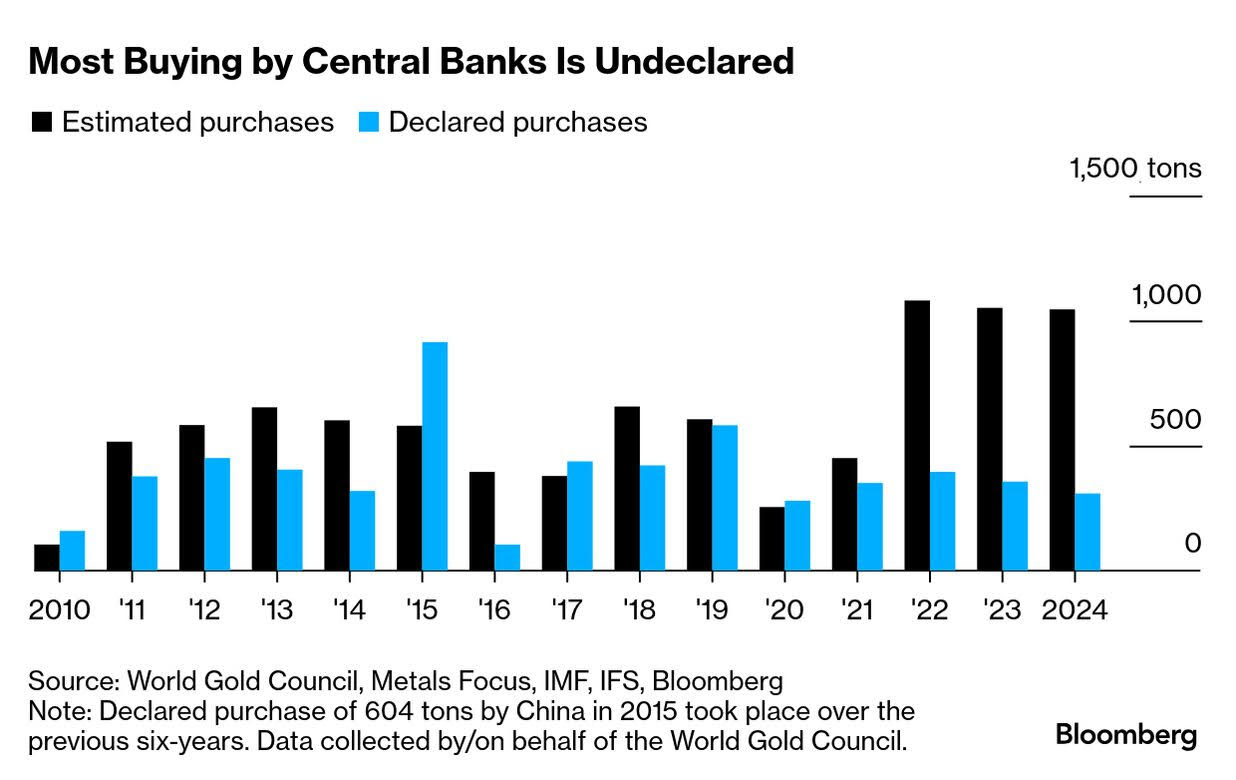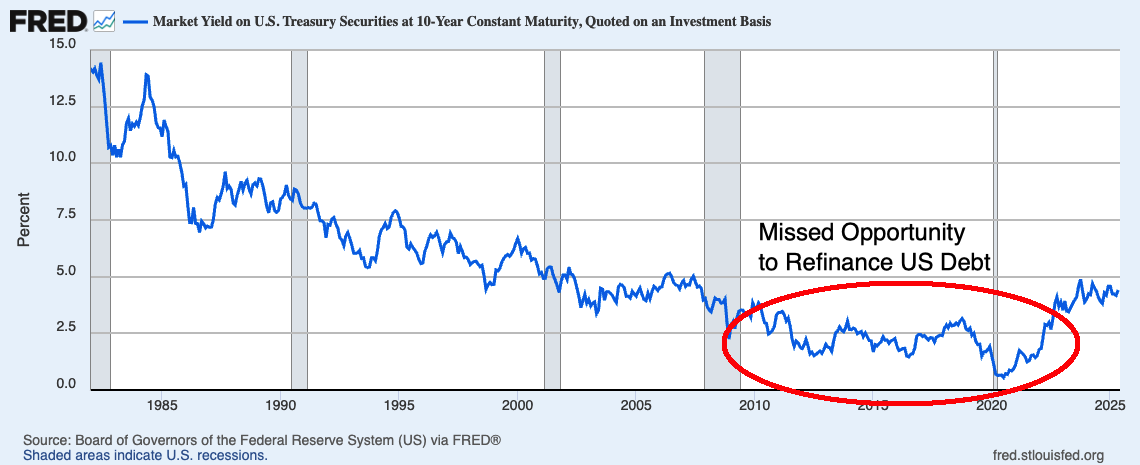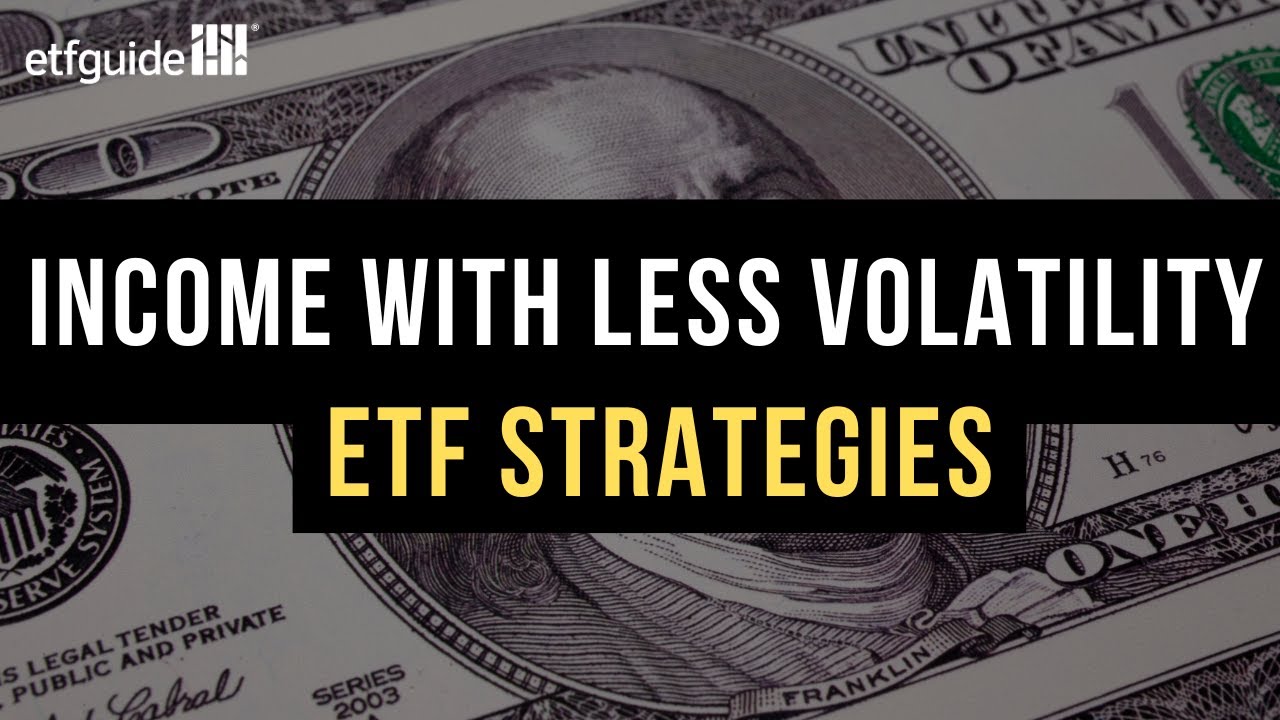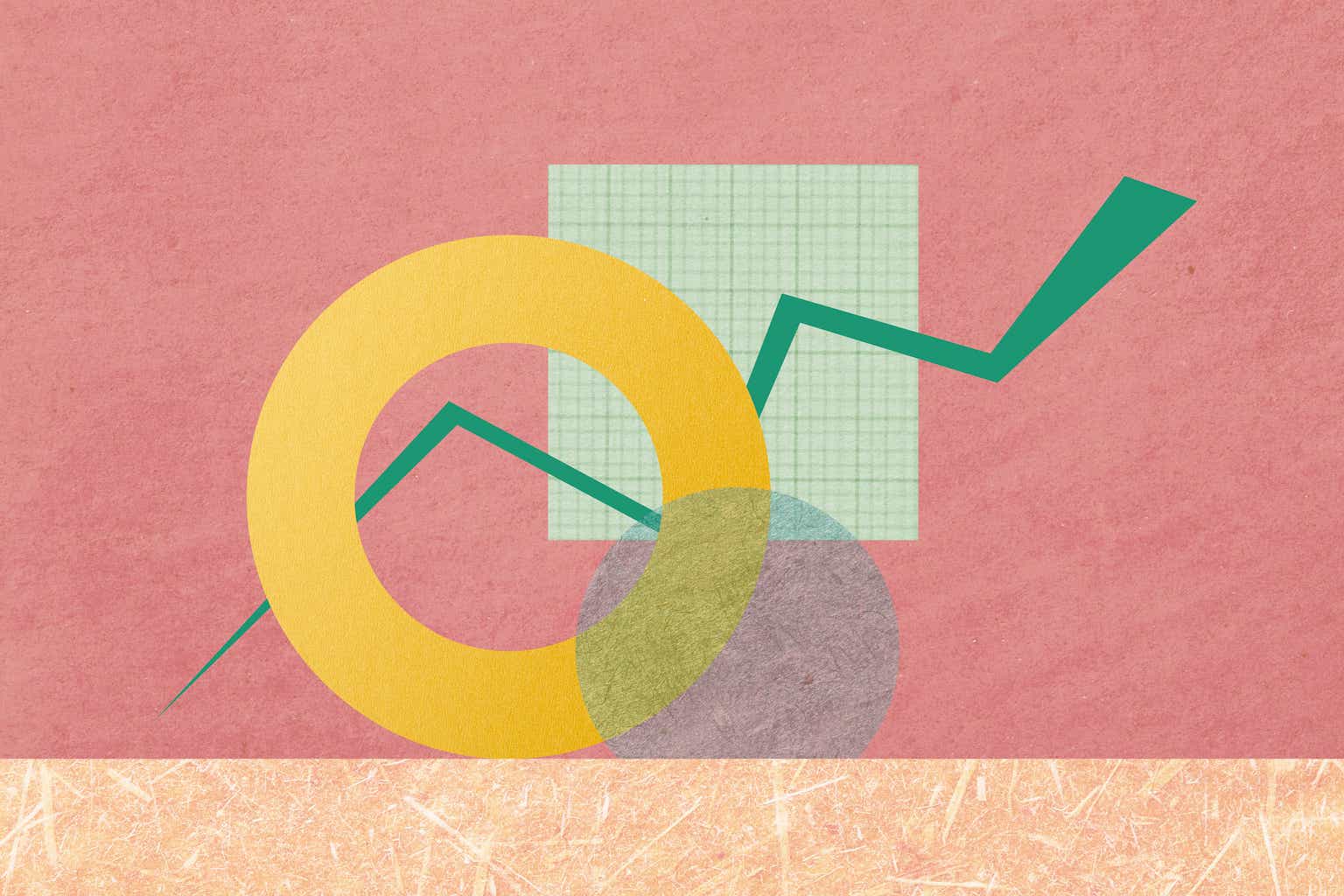I’m interested in bond ladders. What are the risks I should know about?
Short-term bonds let you access your cash quickly, but you don’t get a long-term APY. Meanwhile, long-term bonds give you a good APY for an extended period, but it will take longer before the bond matures. Bond ladders serve as a good hybrid. You can get some short-term bonds and long-term bonds. Different maturity dates […] The post I’m interested in bond ladders. What are the risks I should know about? appeared first on 24/7 Wall St..

Short-term bonds let you access your cash quickly, but you don’t get a long-term APY. Meanwhile, long-term bonds give you a good APY for an extended period, but it will take longer before the bond matures.
Bond ladders serve as a good hybrid. You can get some short-term bonds and long-term bonds. Different maturity dates mean you should have access to some of your cash within a few months. You don’t have to go all-in on short-term bondsor long-term bonds when you can have a little bit of both.
Bond ladders can provide stable income and minimize your exposure to market volatility, but they have risks that hidebeneath the surface. These are some of the key details to keep in mind before you commit to bond ladders.
Key Points
-
Bond ladders offer stable cash flow and less volatility, but they have notable flaws.
-
Opportunity cost, inflation, and interest being treated as ordinary income are some of the key risks with bond ladders.
-
Are you ahead, or behind on retirement? SmartAsset’s free tool can match you with a financial advisor in minutes to help you answer that today. Each advisor has been carefully vetted, and must act in your best interests. Don’t waste another minute; get started by clicking here.(Sponsor)
You Have To Regularly Monitor Bond Ladders

One of the downsides of bond ladders is how much time you have to spend managing them. Investors have to choose from multiple bonds with varying maturities and APYs. While a bond ETF can do this for you, it’s usually better to investin your own bond ladders.
By investing in a bond ladder of your own, you know that you will receive your principal when the bond matures. While that’s also true for bond ETFs, a bond ETF also reflects the current value of the bond. If you own the bond, you can simply wait for it to mature, while you don’t have that option with a bond ETF.
Without an ETF, you’ll have to spend more time comparing various bonds and APYs. You will also have to gauge where you’ll put money from one of your maturing bond lots. If you invest in bonds that mature in multiples of six months, you will have to make this decision multiple times per year. When you contribute money to your bond portfolio, this decision will come up again as you decide which parts of the bond ladder to prioritize.
Bonds Don’t Have Much Growth Potential

It’s no secret that bonds have very little risk. Many retirees flock to these assets for their stable cash flow, especially government bonds. However, the fact that bonds aren’t that risky actually makes them quite risky.
Since there’s very little risk, there’s also very little upside. It’s quite possible for bond returns to fall below inflation, especially during economic cycles with rising inflation. Bond investors have to consider their real returns, which measure how their returns are affected by inflation. For instance, if your bond yields 3% APY, and inflation jumped by 4% this year, you have a real return of -1%.
The same money could have grown much faster in an ETF that measures a popular benchmark like the S&P 500 and Nasdaq Composite. Although the stock market is more volatile, these indices tend to outperform bonds.
Interest Is Treated As Ordinary Income

Taxes are another detail to consider when calculating the real return of bonds, and it’s not pretty. Bond interest is treatedas ordinary income, and that means a higher tax rate than dividend income. This distinction is more impactful for people who earn high salaries and don’t have many tax write-offs.
The minimum tax bracket is 10%, but it quickly scales up. When calculating your bond interest’s tax rate, look at the highest tax bracket you are in. It’s important to prioritize this tax rate in your calculations since you could easily avoid it with blue-chip dividend stocks.
If your bond yields 4% APY, and you are in the 24% tax bracket, you’re only yielding 3.04% after taxes. That doesn’t even include inflation. Bond ladders may seem promising due to stable income, but taxes, inflation, and opportunity cost can turn an investment that seems promising into one that reduces your purchasing power every year.
The post I’m interested in bond ladders. What are the risks I should know about? appeared first on 24/7 Wall St..







































